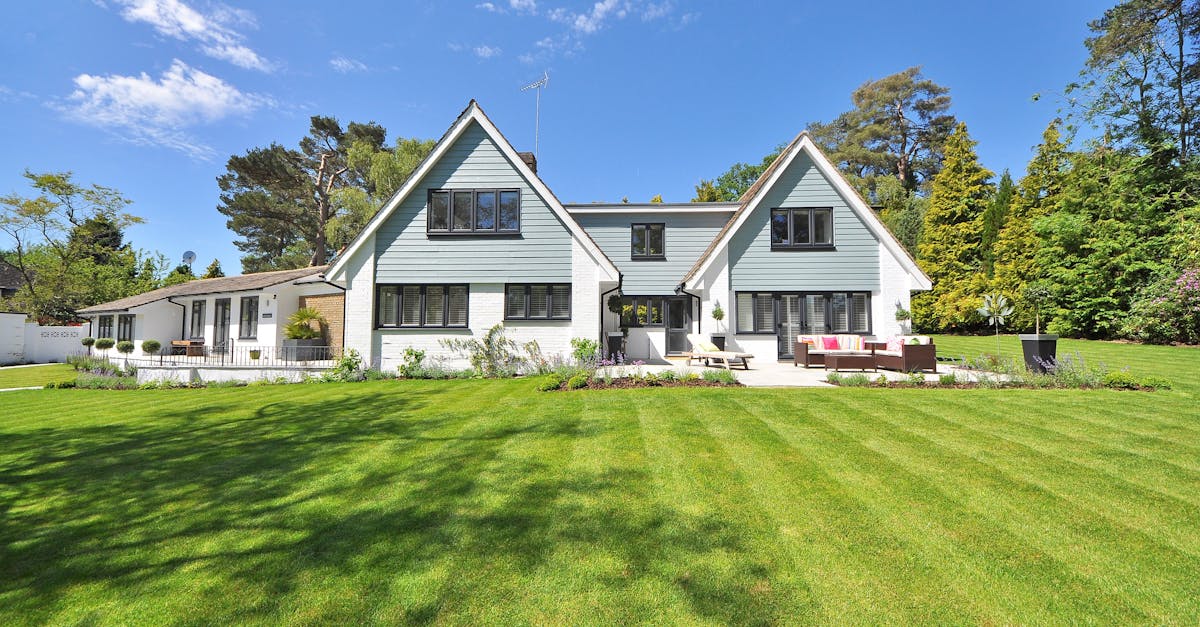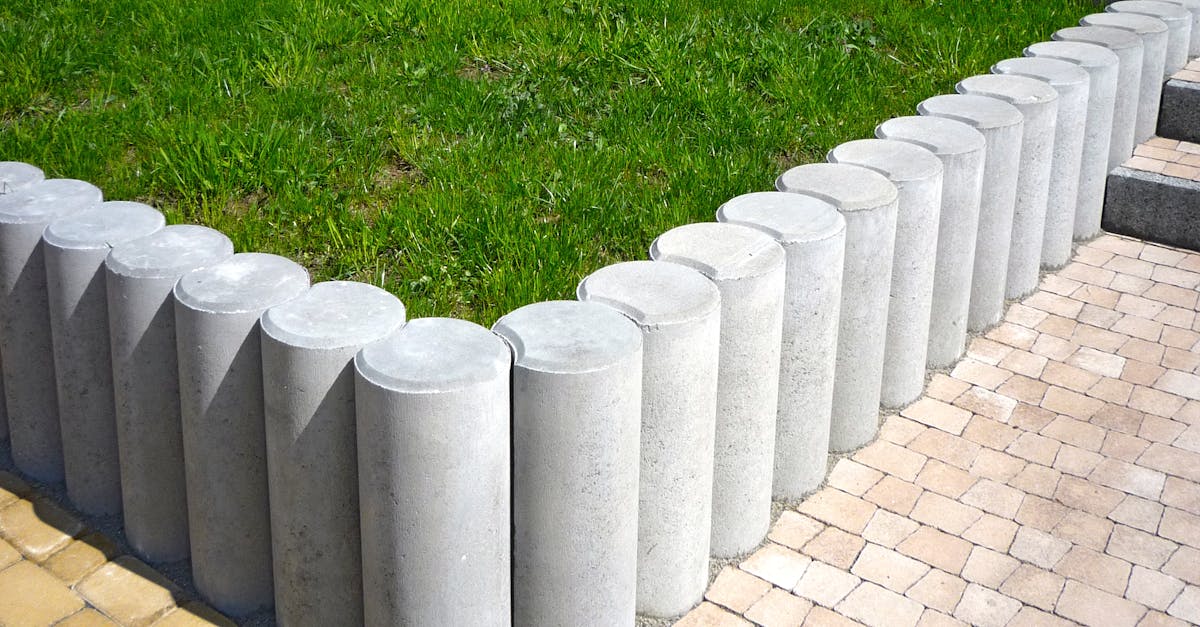
Table Of Contents
Create a Layout
Creating a layout is the initial step in the process of Landscape Design. It involves designing the spatial arrangement of various features and plants within the outdoor space. The first consideration when creating a layout is to assess the existing space and take note of any natural elements that should be preserved or incorporated into the design.
Once the landscape is analyzed, the next step is to determine the purpose or function of the outdoor area. Whether it be a serene garden space for relaxation or a vibrant garden for entertaining, defining the purpose will guide the layout design. Additionally, consider factors such as sunlight exposure, soil conditions, and the surrounding environment when finalizing the layout for your Landscape Design.
Design the arrangement of features and plants
Designing the arrangement of features and plants is a crucial aspect of Landscape Design. This step involves carefully choosing the types and placement of plants, trees, and structures within the landscape to achieve the desired aesthetic and functionality. When arranging features, consider factors such as size, shape, texture, and color to create a harmonious and balanced look in your outdoor space.
To create a cohesive design, it is essential to understand the growth patterns and maintenance requirements of the plants you select. Group plants with similar needs together to ensure they thrive and simplify maintenance tasks. Proper placement of features can also impact the flow and usability of the space, so take into account how people will move through and interact with the landscape. By thoughtful arrangement of features and plants, you can transform your outdoor area into a beautiful and functional extension of your living space.
Implement Your Design
Once you have a well-thought-out plan for your landscape design, it's time to put it into action. The implementation phase is where the vision you designed on paper starts to come to life in your outdoor space. It involves rolling up your sleeves, getting your hands dirty, and turning your ideas into reality.
Starting the implementation process for your landscape design can be an exciting yet challenging task. You'll need to follow your plan diligently, ensuring that each element is placed correctly and with care. Whether it's planting new flowers, installing walkways, or adding a patio, bringing your landscape design to fruition requires attention to detail and a commitment to see the project through to completion.
Start executing your plan in stages
Start executing your plan in stages by first focusing on the foundational elements of your landscape design. Begin by preparing the soil and installing any necessary irrigation systems or drainage solutions. Once the groundwork is laid, you can move on to creating hardscape features such as walkways, patios, or retaining walls. By breaking down the implementation process into manageable stages, you can ensure that each component of your landscape design is carefully thought out and precisely executed.
After establishing the structural components of your landscape design, start incorporating the plantings according to your initial design. Consider factors like sunlight exposure, soil quality, and mature plant size to ensure proper placement. By approaching the implementation of your landscape design in stages, you can carefully monitor the progress and make adjustments as needed along the way. Remember that patience is key when creating a harmonious and thriving landscape that not only enhances the beauty of your property but also provides a functional and enjoyable outdoor space.
Maintain and Update
Maintain and Update
Regular upkeep is crucial to ensure the longevity and vitality of your Landscape Design. It is essential to regularly check the health of your plants, carrying out pruning, watering, and fertilizing as needed. Carefully monitoring the condition of paths, hardscapes, and other structural elements will help prevent deterioration and keep your design looking its best. Additionally, consider making periodic updates to your landscape to create a fresh and evolving outdoor space. This could involve adding new plants, rearranging existing features, or incorporating seasonal decorations to enhance the visual appeal of your design. By staying attentive to the upkeep and evolution of your landscape, you can enjoy a well-maintained outdoor environment that continues to enchant and inspire.
Regularly care for your landscape and make improvements as needed
Regularly caring for your landscape and making necessary improvements is a crucial aspect of successful landscape design. Once your initial design is implemented, it is important to maintain the health and aesthetics of your outdoor space. This can involve tasks such as watering, weeding, pruning, and fertilizing to ensure that your plants and features remain healthy and vibrant. Regular maintenance not only enhances the overall look of your landscape but also helps to preserve the investment you've made in your outdoor environment.
In addition to routine maintenance, periodically evaluating and updating your landscape design is essential. As plants grow and mature, your landscape may require adjustments to maintain balance and harmony. By staying attuned to the changing needs of your outdoor space, you can make informed decisions about when to add, remove, or relocate plants and features. Continuously assessing and updating your landscape design will help ensure that it reflects your evolving preferences and remains a source of beauty and enjoyment for years to come.
FAQS
What is the first step in landscape design?
The first step in landscape design is to create a layout for your outdoor space. This involves determining the size and shape of the area, as well as any existing features that need to be considered.
How do you design the arrangement of features and plants in landscape design?
To design the arrangement of features and plants in landscape design, consider factors such as the climate, sunlight exposure, and soil conditions of your outdoor space. You can then create a plan that includes the placement of trees, shrubs, flowers, and other elements.
What is involved in implementing a landscape design?
Implementing a landscape design involves starting to execute your plan in stages. This may include tasks such as planting trees and flowers, installing hardscape elements like pathways or patios, and adding decorative features.
How can you maintain and update your landscape design?
To maintain and update your landscape design, regularly care for your outdoor space by watering plants, trimming trees and shrubs, and controlling weeds. Additionally, make improvements as needed, such as adding new plants or changing the layout of features.
What are the key steps to successful landscape design?
The key steps to successful landscape design include creating a well-thought-out layout, designing the arrangement of features and plants, implementing your design in stages, and consistently maintaining and updating your outdoor space. Following these steps can help you achieve a beautiful and functional landscape design.


